
Precisely monitor the temperature of your concrete structures under any conditions
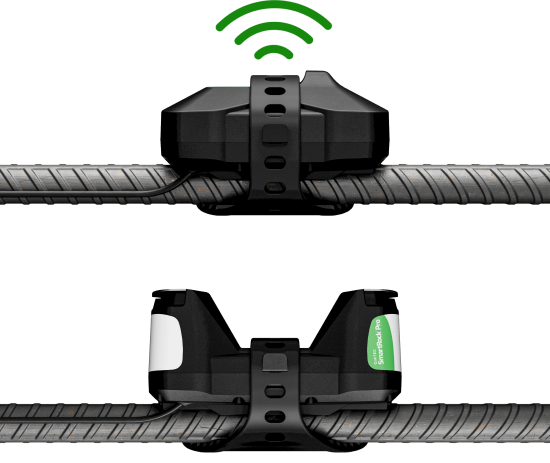
Collect real-time in-situ concrete strength data through maturity-based sensors
Maturity-Based Concrete Strength Monitoring
Self-Calibrating Concrete Strength Monitoring
AI-powered precision for every concrete mix for the Producers
Instant ROI
AI-Powered Decision Making
Drive Sustainability
Core Quality Control
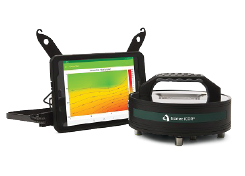
Corrosion detection in concrete reinforcement
Concrete quality detection lab equipment
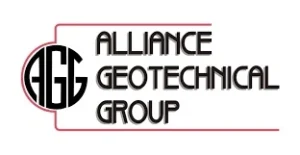





Devices for Measuring Rebar Corrosion, Permeability, and Resistivity of Concrete
Experts revolutionizing the construction industry
Stay on the cutting edge of concrete tech
Save the date and join us at future events and conferences

As construction becomes more digital, with cloud platforms, BIM, and IoT-connected equipment, it also becomes a prime target for cyberattacks. Ransomware, data breaches, and phishing scams are surging across the industry. A major ransomware attack on Canadian construction firm Bird Construction in December 2019 led to the theft and encryption of sensitive company data, and another attack that disrupted over 1,000 workers in Chicago show the stakes are high. A recent study by Dodge Construction Network (DCN), in partnership with Egnyte, highlights the growing cybersecurity risks in construction. It found that over half of contractors have faced cyber threats in the past two years, yet only 39% of architects, engineers, and contractors report consistent access to critical project data. Cybersecurity in construction is no longer optional, it’s essential. This blog explores the top threats facing construction firms and offers actionable strategies to build resilient defenses, both on-site and across your project ecosystem. The Growing Threat of Ransomware in Construction No cyber threat looms larger in construction than ransomware. These attacks encrypt company data and demand payment, effectively holding entire projects hostage. Just one successful attack can shut down job sites, delay timelines, and result in massive costs from recovery, lost…

Buildings use about 40% of global energy and generate over a third of greenhouse gas emissions. That’s why net-zero buildings matter. They’re designed to cut or offset emissions, so they add no extra CO₂ to the atmosphere. But how do we know when a project is truly net-zero and not just “greenwashed”? This is where standards and certifications act as the rulebook. In this blog, we’ll look at what net-zero means, the design and technologies behind it, leading case studies, and the global certifications from LEED to BREEAM that give credibility to net-zero claims. What Does Net-Zero Mean, and How Is It Different from “Green” Buildings? Net-zero buildings balance the carbon they emit with reductions or offsets. Type Definition Key Points Net-zero energy Produces as much renewable energy as it consumes Focus on operational energy only Net-zero carbon Reduces emissions via clean energy + verified offsets Can include some embodied carbon Whole-life net-zero Accounts for operational and embodied carbon Most rigorous, requires verified offsets for remaining emissions All net-zero buildings are green, but not all green buildings are net-zero. Green buildings may address water, waste, or indoor air quality, whereas net-zero requires measurable, verified carbon balance. Design and Materials: Foundations…
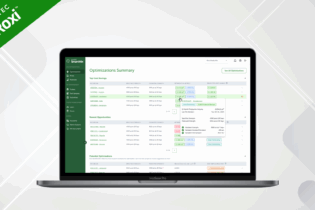
The concrete industry is under growing pressure. Producers must maintain high-quality standards while also reducing costs, material waste, and carbon emissions. Traditional mix management methods lack adaptability, as they rely on outdated, manual, and reactive processes. In this context, Giatec’s Roxi™ emerges as a powerful example of Concrete AI, reshaping how producers manage and optimize their mixes. In this blog, let’s take a look at how Giatec’s AI assistant supports concrete production. The Challenges of Traditional Mix Management To begin, concrete producers face major daily challenges: raw material variability, strict specs, and limited real-time visibility. Most producers overdesign by 600–700 PSI, resulting in the overuse of about 80 lbs of cement per cubic yard on average, according to the NRMCA yearly quality survey. These inefficiencies lead to higher production costs, environmental impacts, and underutilization of available resources. Traditional methods lack adaptability and agility, primarily because they’re built around outdated, manual, and reactive processes. Furthermore, testing and adjustments are infrequent and often disconnected from real-time conditions, resulting in overdesign, increased variability, and reduced profitability. Meet Roxi: Giatec’s Concrete AI Assistant Roxi tackles key problems like overdesign, slump variability, underperformance, and reactive quality control. It continuously analyzes data from plants, in-transit sensors…
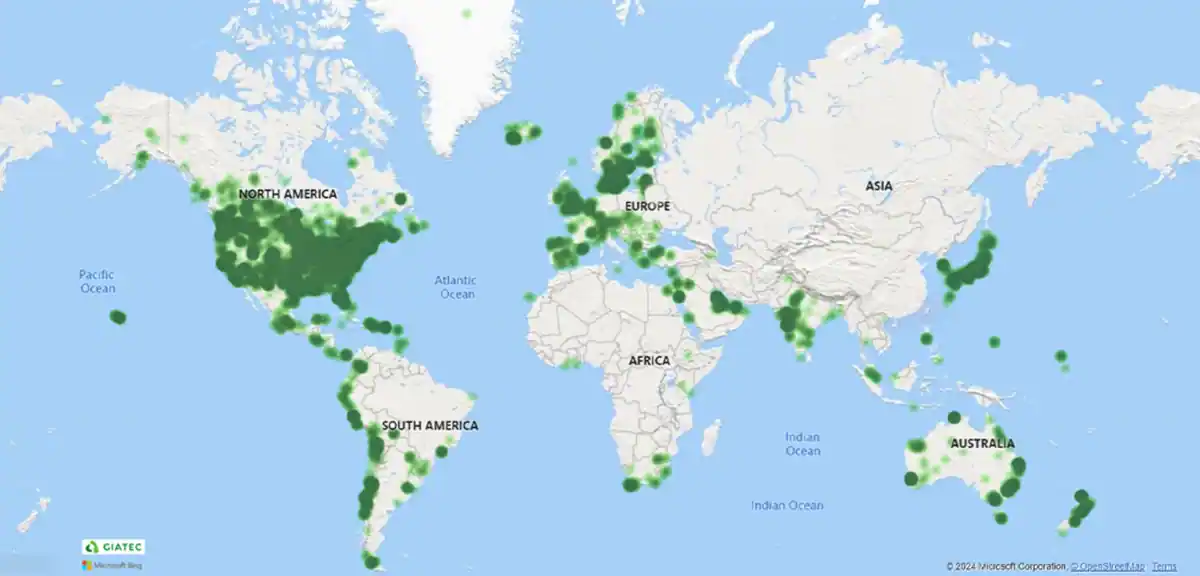
Visit our careers page to learn about our award-winning culture and our open positions.